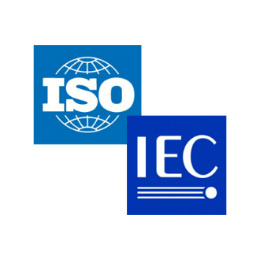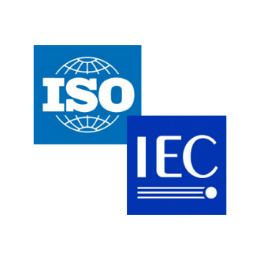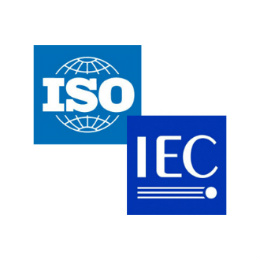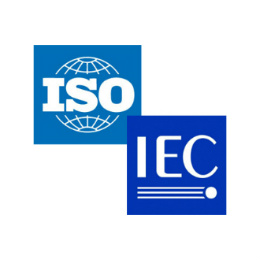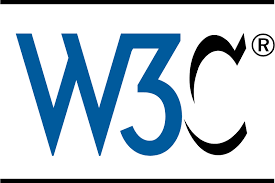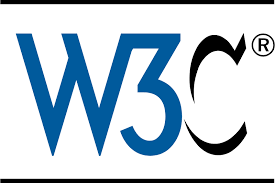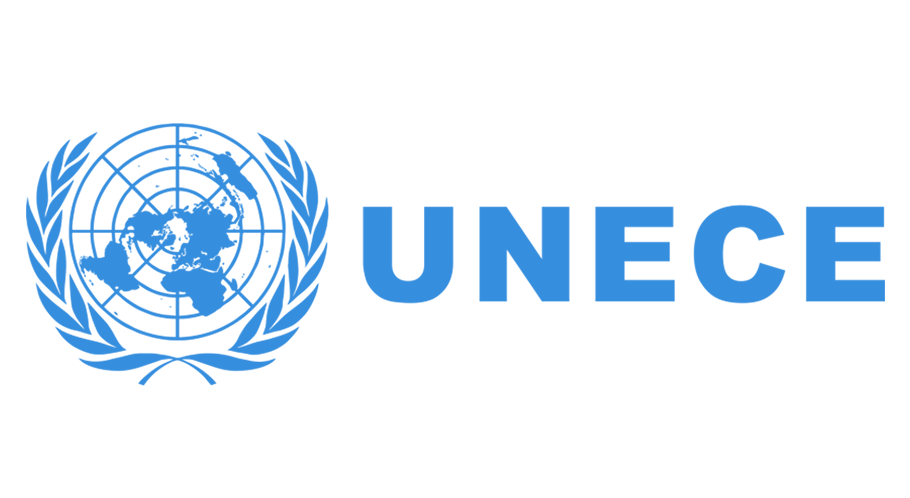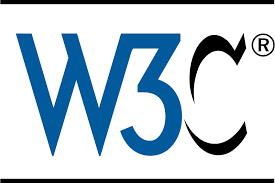The OASIS BDXR TC advances an open standards framework to support public e-procurement and e-invoicing. The group defines specifications for a lightweight and federated messaging infrastructure that supports a 4-corner model for the secure and reliable exchange of electronic documents. Wherever possible, the TC specifications are based on profiles of existing standards from OASIS and elsewhere. BDXR TC members also coordinate the submission of new requirements as use cases for expanded functionality.
The original OASIS BDX TC was formed to advance the messaging portion of PEPPOL. Subsequently, the decision was made to broaden the scope of the TC to include global requirements and use cases from government and industry and to support an ongoing technical convergence between PEPPOL and other European Large Scale Pilots (LSPs), resulting in the rechartered OASIS BDXR TC.
All those involved in e-procurement and e-invoicing are invited to participate in the BDXR TC, including public and private sector agencies, enterprises, solution providers, consultants, and researchers. E-payment actors including financial institutions, associations and payment networks should also be represented in this work.
